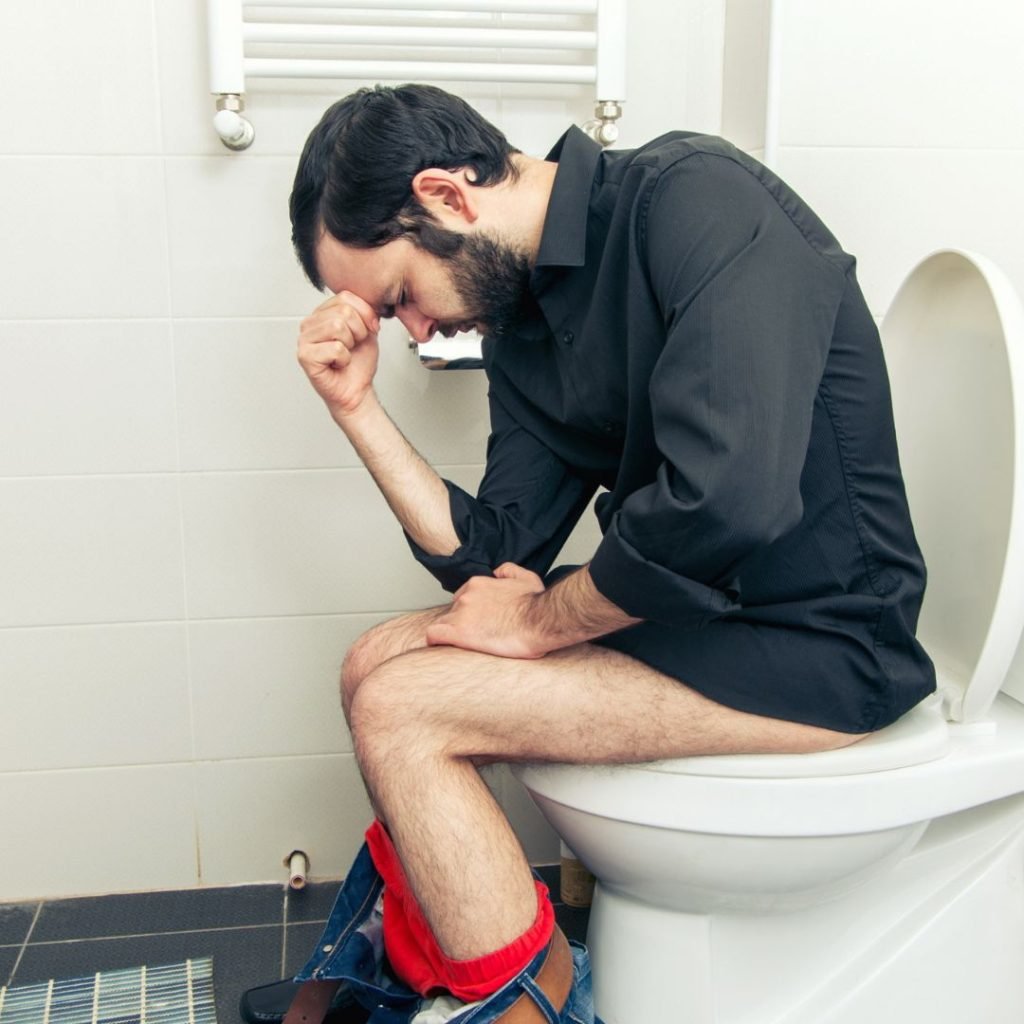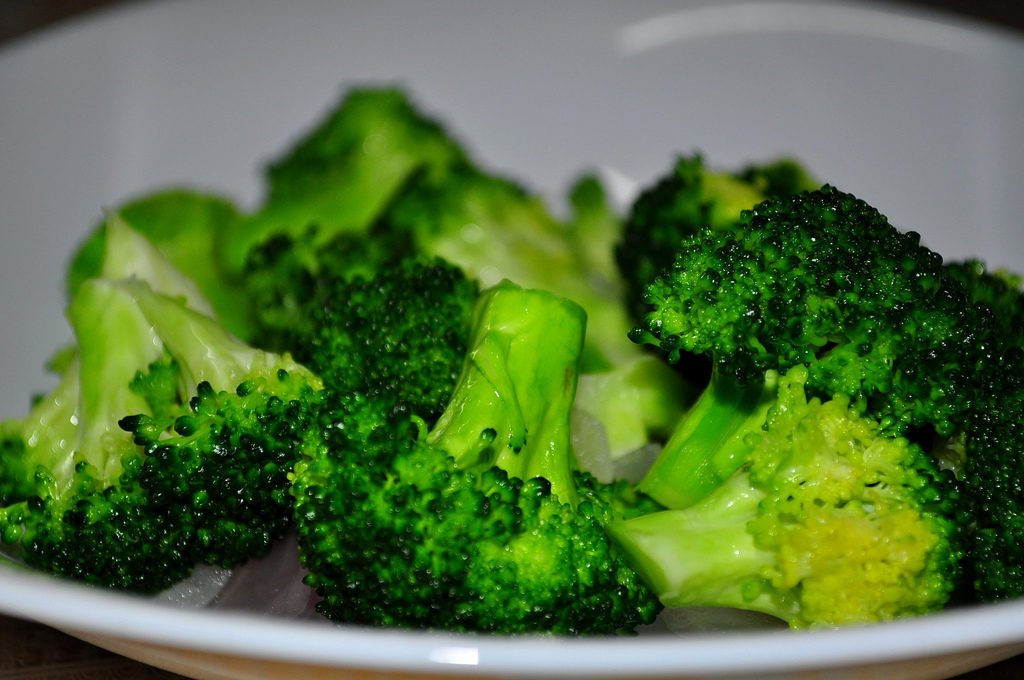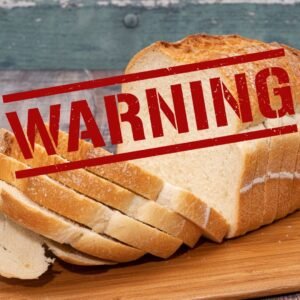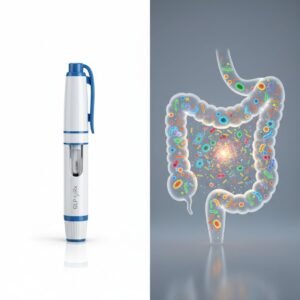Why a High‑Fiber Diet Beats Fecal Transplants for Microbiome Recovery
Table of Contents
The $50,000 Poop Pill Lie That No One Wants to Talk About
Let me tell you a true story. A 38-year-old executive—let’s call him Greg—spent over $50,000 on “biohacking” his gut. He flew across the country to meet with microbiome gurus, got blood work every quarter, imported probiotics from Europe, and even went through two rounds of fecal microbiota transplants (FMTs). Why? Because two rounds of antibiotics for a sinus infection wrecked his digestion. Constant bloating. Brain fog. Wrecked energy. And no one could fix it.
Until one nutritionist—bored by Greg’s lab charts—asked him a single question: “What did you eat this week?”
Greg paused. “Honestly? Mostly protein shakes, a few eggs, coffee. I avoid fiber—makes me gassy.”
You see the problem already, don’t you?
That same week, Greg added 40g of fiber to his diet, sourced from lentils, oats, chia seeds, and roasted veggies. Within 10 days, the bloating eased. The fog lifted. He went from paying thousands for other people’s poop to actually feeding his own.
The truth? Most people don’t need a fecal transplant.
They need fiber.
TL;DR: The Gut Reset Science Doesn’t Want You to Know
Fecal transplants are trending—but the latest research shows they’re far less effective than a high-fiber diet for rebuilding gut health, especially after antibiotic damage. While FMTs introduce “good” bacteria into the system, those bacteria can’t survive or thrive without the proper fuel. That fuel is fiber. And it’s cheap, accessible, and scientifically proven to support microbial recovery faster and more sustainably than expensive transplant procedures. If you’re trying to fix your gut, look in your produce drawer—not a petri dish.
🧠 KEY TAKEAWAYS
Fiber isn’t optional—it’s foundational.
Without fiber, your gut bacteria starve. With it, they flourish. It’s not just “roughage”—it’s rocket fuel for the microbial armies that regulate digestion, immunity, metabolism, and even mood.
Fecal transplants only work if you eat like the donor.
New research shows that FMTs fail unless the host provides a supportive environment—namely, a fiber-rich diet. You can implant the best bugs in the world, but they’ll die in a desert.
Antibiotics destroy diversity—fiber restores it.
Studies from Nature Microbiology confirm that diverse, plant-rich diets rebuild microbial richness faster and more effectively than transplant protocols or probiotics alone.
Most Americans are fiber-deficient and microbially malnourished.
Less than 5% of Americans eat enough fiber. That’s not a minor statistic—it’s a microbial extinction-level event happening in our collective guts.
Fixing your gut starts with a fork, not a formula.
Forget fancy regimens and gimmicks. If you’re not eating 30+ unique plant types per week, your gut isn’t thriving. Start there—and don’t underestimate the power of real food.

The Backstory: Fecal Transplants—The High-Tech Gut Fix?
We love a silver bullet. Something with a scientific name, a lab coat stamp, and a hefty price tag. Fecal Microbiota Transplants (FMTs) fit the bill. Born from legitimate need—treating recurrent Clostridioides difficile (C. diff) infections—FMTs have been hailed as the next frontier in medicine. Take a healthy person’s poop, transfer it to a sick person’s colon, and suddenly, magic happens. Diarrhea stops. Inflammation decreases. The gut flora rebalance.
Naturally, wellness influencers, Reddit biohackers, and fringe doctors latched on like hungry tapeworms.
Soon, people were undergoing elective fecal transplants to “boost brain performance,” “reset metabolism,” or “cure food intolerances.” Clinics in Europe and Mexico began offering experimental protocols, often with donor claims that read like dating profiles: “This sample is from a triathlete who eats organic, meditates, and has zero antibiotics in his lifetime.”
But here’s what the marketing didn’t say: FMTs only work in very specific medical scenarios. For general gut recovery? The results are inconsistent at best—and disastrous at worst.
There’s the risk of pathogen transmission, even in screened samples. There’s the problem of host rejection. And most importantly: if the person receiving the transplant doesn’t create the right internal conditions, those new microbes die off anyway.
In other words, you can change the fish, but if the tank is toxic, they won’t survive.
And guess what creates that healthy “tank”? Yep. Fiber.
The Research: Fiber Restores the Microbiome Better—Here’s the Proof
Let’s get into the science. A 2024 study published in Nature Microbiology compared the gut recovery of patients who had been on a course of broad-spectrum antibiotics. One group received fecal transplants. Another followed a high-fiber, plant-diverse diet. A third got both.
The findings? Staggering.
The fiber-only group regained their microbial diversity faster than the transplant-only group. Why? Because fiber doesn’t just feed the bacteria already present—it creates the conditions for new, beneficial species to grow. Even in the absence of outside bacteria, fiber enabled recovery from within.
The FMT-only group had inconsistent results. Some saw improvement; others didn’t. In several cases, beneficial strains from the donor sample never took root. The bacteria showed up… but died off.
Only the group that received FMT and ate a fiber-rich diet showed sustained, high-level recovery. But even then, they didn’t outperform the fiber-only group by much.
This wasn’t the only study. A 2023 meta-analysis in Cell Host & Microbe reviewed over 15 trials and concluded that dietary modulation, particularly through fiber, remains the most controllable and effective intervention for microbiome regeneration.
In other words: fiber doesn’t need backup. FMTs do.
The Science: Why Fiber Works (and FMTs Alone Don’t)
Let’s cut the fluff. Most people have no idea what fiber actually does. They’ve heard it “keeps you regular,” which is like saying an engine “makes noise.” Technically true—but utterly missing the point.
Fiber is not just roughage. It’s not a broom. It’s not “just for old people.” Fiber is the foundational fuel that feeds your internal ecosystem—what researchers call the gut microbiome, a sprawling metropolis of trillions of bacteria, yeasts, and other microbes that manage everything from digestion to immunity to brain function.
These microbes don’t feed on protein. They don’t thrive on fat. They feed on fermentable carbohydrates—aka, soluble fiber. When you eat things like lentils, oats, flax, artichokes, apples, garlic, leeks, and beans, your gut bacteria feast. In turn, they produce short-chain fatty acids (SCFAs), particularly butyrate, which does more than just soothe your intestines.
Butyrate is the gut’s equivalent of jet fuel. It reduces inflammation, repairs the intestinal lining, modulates immune response, and even talks to the brain through the vagus nerve, affecting your mood, cognition, and focus.
Here’s the part that FMT evangelists don’t like to admit: you can inject the best bacteria into your system, but if you don’t feed them, they die. Fast.
It’s microbial starvation.
Without fiber, those expensive imported donor strains from fecal transplants become microbial roadkill—flattened by the toxic terrain of a low-fiber, ultra-processed Western diet.
It’s like hiring a Michelin-star chef, handing him a microwave burrito, and asking for a five-course tasting menu. Not gonna happen.
To thrive, your gut ecosystem needs fertile soil. Fiber is that soil.

Real-World Results: What Happens When You Actually Eat More Fiber?
Here’s where the rubber meets the road—or more accurately, where the fiber meets the toilet bowl.
When people switch from a low-fiber to a high-fiber diet, the transformation is real, fast, and measurable.
Let’s go back to Greg, our executive-turned-reluctant-fiber-convert. Within a week of increasing his fiber intake from 10 grams to 35 grams per day, he noticed three immediate shifts:
Bloating reduced by 80%. His gut, previously distended by sluggish transit and dysbiosis, began to normalize. It didn’t happen overnight, but within days, his waistband loosened without weight loss.
His mood lifted. A persistent brain fog lifted. He described it as “coming out from under a damp blanket.” This isn’t woo-woo. It’s the gut-brain axis at work. More fiber = more butyrate = less neuroinflammation = better cognitive performance.
He started pooping like a pro. No more straining. No more “sitting and scrolling” for 20 minutes. His morning routine went from war zone to whisper.
And it’s not just Greg. Clinical trials show that fiber-rich diets increase populations of Bifidobacteria and Lactobacillus—beneficial microbes that regulate digestion, immunity, and neurotransmitter production.
In one landmark 2022 study from the University of California, volunteers on a fiber-rich intervention showed a 21% increase in microbial diversity in just 3 weeks. That’s faster than most FMTs, and far more sustainable.
Why? Because they weren’t just dropping in bacteria—they were building a home for them.
Let me be blunt: you cannot buy your way to a healthy gut. You have to feed it.


Why Most People Fail: The Fiber Gap Crisis
Now here’s the brutal truth: 95% of Americans are fiber deficient. That’s not a typo. Nearly everyone walking around is microbially malnourished—and doesn’t even know it.
The average daily fiber intake in the U.S. is around 15 grams, while the minimum recommended amount is 25–38 grams. Functional medicine experts argue the optimal range is 40–50 grams per day, especially if you’re recovering from antibiotic damage or chronic gut issues.
Let me translate that: most people are operating at half power, while their gut bacteria are slowly dying from starvation.
It’s no wonder we have:
Record levels of IBS, IBD, and GERD.
Spikes in anxiety and depression.
Autoimmune diseases on the rise.
Childhood allergies and food intolerances that didn’t exist 30 years ago.
We’re not broken. We’re fiber-starved.
And here’s the kicker: most people don’t even know where fiber comes from. They think Metamucil. They think psyllium husk. Maybe the skin on an apple if they’re lucky.
But the real fiber magic comes from diverse, whole, colorful, plant-based foods—and the more variety, the better. Research shows that people who eat 30 or more unique plant types per week have significantly higher microbial diversity than those who eat fewer than 10.
That’s not just salad. That’s nuts, seeds, beans, berries, tubers, herbs, spices, even coffee and tea.
This isn’t about rabbit food. It’s about microbial strategy.
And if you’re sitting on the toilet wondering why things aren’t moving like they used to, you may not need more supplements—you probably need more spinach, lentils, and fermented veggies. And while you’re at it, adjust your posture with a proper squat—yes, enter The PoopSTICK™—and suddenly, everything flows better.
Action Plan: Eat Like a Microbiome Billionaire (No Poop Pills Required)
Here’s what most health articles get wrong: they dump science on you, throw in a few salad recipes, and then act like change will magically happen.
Not here. If you’re reading this, you want to fix your gut. You want your energy back. You want regular, satisfying, healthy bowel movements. You want your brain to work without the fog, your skin to clear, and your bloating to vanish.
And most of all—you want results without gimmicks.
So here’s the no-BS, no-pills, no-poop-capsules plan. This 7-day gut reset uses the power of real, accessible food—not overpriced powders or miracle microbes.
But before we begin, remember one thing: this plan only works if you actually do it. Not “kind of.” Not “sort of.” Not “I’ll ease in slowly.”
Do it like you mean it—or keep wasting time and money on fads that don’t work.
🥗 The 7-Day Fiber Recovery Protocol
Day 1–2: Wake Up the Gut
Most guts are asleep. Dried out. Coated in processed sludge. Our goal is to introduce fiber gently but consistently—think of it as soaking the soil before planting seeds.
Add 1 tablespoon of chia or ground flaxseed to your morning water, smoothie, or oatmeal.
Eat 1 cooked vegetable at every meal. Steam broccoli, sauté spinach, roast carrots. Don’t overthink it.
Drink at least 80–100oz of water daily. Fiber without hydration is a brick wall.
⚠️ Expect some gas. That’s not bad—it’s your gut microbes waking up and throwing a party.
Day 3–5: Fuel the Fire
This is where we add variety and power. You’re no longer tiptoeing—you’re feeding microbial royalty.
Add 1 serving of beans or lentils daily—black beans, chickpeas, red lentils, doesn’t matter.
Introduce fermented foods like sauerkraut, kimchi, kefir, or plain yogurt with live cultures.
Snack on fruits with skin—blueberries, apples, pears, raspberries. All fiber-rich.
Add raw garlic or leeks to dinner. These are prebiotic bombs—your gut bugs will love you.
By now, most people report better energy, less bloating, and more consistent bowel movements. If that’s not you yet—stay the course. The gut doesn’t heal in a day. It heals through repetition.
Day 6–7: Diversity = Dominance
Now we expand your fiber kingdom. The goal is to hit 30+ unique plant types in a single week. It’s the best predictor of microbial richness. You’re not just feeding your gut—you’re building a microbial metropolis.
Add seeds (pumpkin, sunflower, hemp) to salads, oats, or stir-fry.
Include fresh herbs—parsley, cilantro, basil, dill. They count as plants.
Try a new whole grain—quinoa, barley, farro, bulgur, buckwheat.
Roast a rainbow of veggies—beets, zucchini, eggplant, sweet potatoes.
Finish the week with a plant-powered feast: lentil stew, black bean tacos, grain bowls.
You should be hitting 35–45g of fiber/day by now. Your poop will show it. Your energy will prove it. And your mood—yes, mood—will stabilize like you’ve just returned from a meditation retreat.
Pro Tip: Pair Fiber With Better Pooping Posture
You’re doing all this gut-feeding, but if you’re still pooping in a 90° seated position like it’s 1953, you’re sabotaging your results. The rectal angle matters. A modern toilet chokes your colon.
That’s where The PoopSTICK comes in. By raising your knees above your hips, you relax the puborectalis muscle, straighten the colon, and let nature do its job. No more pushing. No more straining. No more “will it come out today?” anxiety.
Fiber + proper squat = a digestive system that works like it’s supposed to.
Conclusion: Fiber Is the Forgotten Superpower—Use It or Lose It
Look, you’ve been lied to. Told that your gut problems were complicated. That you needed exotic supplements, high-tech treatments, endless stool tests, or some guru with a six-figure biohacking plan.
But your body is smarter than that. Your gut knows what it needs. It’s not asking for someone else’s poop—it’s begging you for real food.
The microbiome doesn’t care about brand names. It doesn’t care about buzzwords. It cares about what you feed it, day after day after day.
Fiber is the key. Always has been. Always will be.
You don’t need a prescription. You don’t need a procedure. You need a plan, a plate, and a posture that works.
Start with food. Support your body. Sit the right way.
Fix your gut with what’s already in your kitchen—and under your feet.
Join our Email List
About the Author

James
Founder of The PoopSTICK | Gut Health Advocate | Healthcare Pro
I’m James, the guy who talks about poop so you don’t have to (but probably should). With over 12 years of experience in the healthcare world—and a family history of colon cancer which made gut health personal—I created The PoopSTICK to give people a better, more natural way to poop.
After trying almost every pooping gadget, toilet stool, and gut health trend under the sun, I realized most products were uncomfortable, overhyped, or just plain awkward. So I built something better—designed for real humans who want real results.
The PoopSTICK isn’t just a product; it’s part of a movement to take gut health seriously (while still laughing a little). Through our blog, I share natural health tips, poop-positive education, and easy ways to take control of your digestion—because better bowel movements should be a normal part of life, not an embarrassing mystery.
If you're someone who cares about health, wants to feel better naturally, or just wants to poop like a champion, you're in the right place.
Let’s talk sh*t—so you can get rid of it better.

James
Founder of The PoopSTICK | Gut Health Advocate | Healthcare Pro
I’m James, healthcare veteran and gut health advocate on a mission to help you poop better—naturally. With over 12 years in the industry and a personal drive to prevent colon cancer, I created The PoopSTICK after being let down by every “solution” out there.
This isn’t just a stick—it’s a movement (literally). I mix humor, health tips, and real talk to make better bowel movements something we can actually talk about.
Let’s ease your poop!
Past Blog Posts

Is Wheat Wrecking Your Gut? What Celiac Disease Reveals
Wheat isn’t the villain—it’s the kind of wheat that’s wrecking your gut. From ancient grains to modern hybrids, discover how today’s wheat triggers inflammation, worsens celiac symptoms, and sabotages digestion—and what smarter, safer alternatives can finally bring your gut back to balance.

Gut Health and GLP-1: The Hidden Link to Weight and Energy
Your gut isn’t just digesting food—it’s controlling your hunger, energy, and even how fast you burn fat. Inside you is a powerful hormone called GLP-1, and when your gut’s out of balance, it shuts down. Discover how to reactivate this hidden fat-burning axis naturally—no drugs, no gimmicks, just real gut power.

Loaded Water: The Hidden Threat to Your Gut Health
Your gut might be under attack every time you take a sip of water. “Loaded water” — filled with hidden chemicals and disruptors — could be wrecking your microbiome without you even knowing it. Here’s what’s really in your glass, how it affects digestion, and what you can do to fight back.

